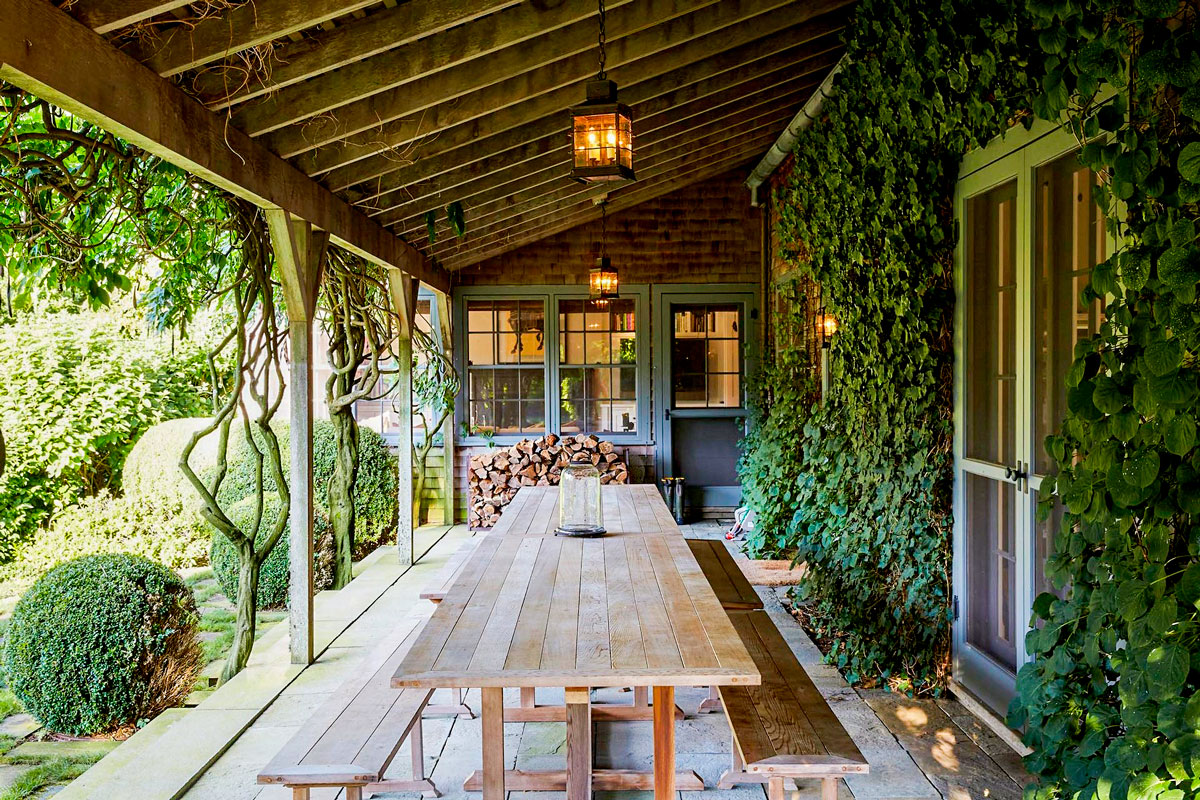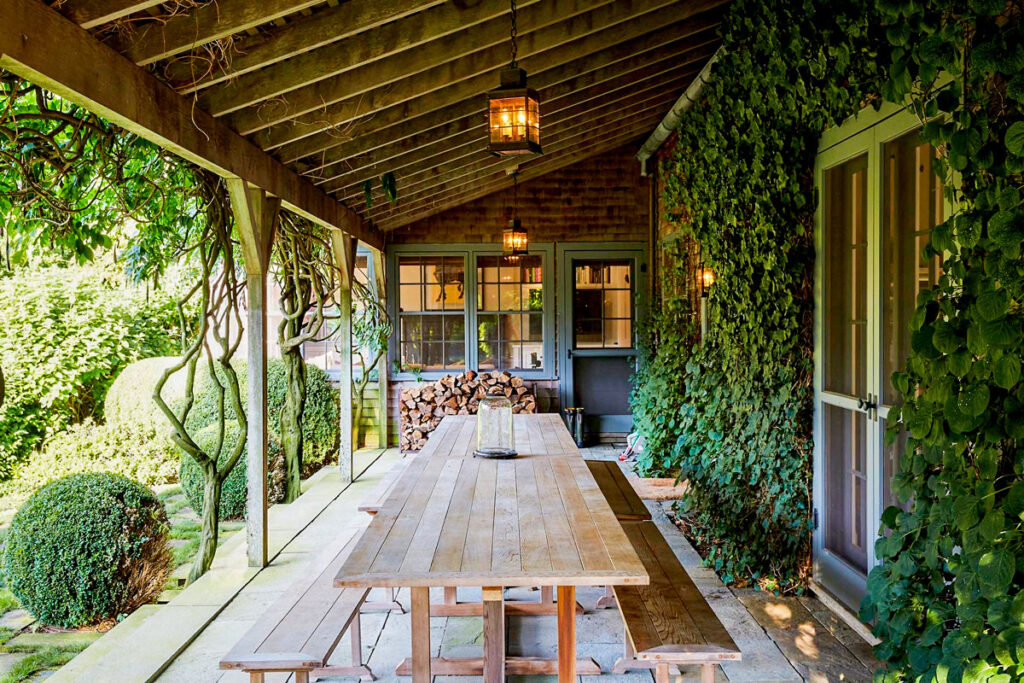
As summer sets in, staying cool becomes a priority for everyone living in the tropics. There are projections of exceptionally hot weather for the next few months. Besides, it is predicted that in the years ahead, extreme weather events will impact several parts of India with summertime temperatures soaring beyond tolerable limits.
Installing a powerful air conditioning unit is the obvious response of those who can afford it. However, air conditioners let out toxic emissions into the atmosphere, consume power and warm the environment even further, thus creating a vicious cycle. In today’s world when saving energy and being committed to protecting the environment is an urgent responsibility, each one of us must do our bit to ensure that we minimise the load we impose on our planet. Here are a few simple steps we can take to keep us in the comfort zone while reducing the impact on nature.
For a start, we could think of hybrid solutions to bring down the temperature inside our homes and ease the load we put on air conditioners. The cooler your home, the lesser the load on electricity, and the lesser your carbon footprint. You will be amazed at what a difference growing plants — inside the home and outside — can make.
According to environment experts, greenery when planted strategically can bring a significant reduction in the inside temperature of a home. Trees grown on the east and west side of a house help to block the sun and keep the indoors relatively cooler. So, if you live in an urban environment that is hot for most of the year, it is advisable to choose big and leafy trees to plant so that in the years to come they provide the much-desired shade.
It is predicted that in the years ahead, extreme weather events will impact several parts of India with summertime temperatures soaring beyond tolerable limits.
Small plants too have a cooling effect. Some of the coolest houses are those that grow climbers on their outer walls. Apart from looking green and colourful, especially in the flowering season, they bring down temperatures inside. Creepers can also line railings, hedges and balcony grills to great effect. If they yield a fruit or vegetable, all the better. Growing plants vertically on walls also has a similar effect.
Roofs can also be made to play a key role in keeping out heat. Many people use reflective white paint that reduces the amount of heat absorbed by concrete roofs. Some of my friends have rooftop gardens. Though it takes away roof space, it does help a great deal in reducing the heat.
Dressing up windows is another solution that can add to the cooling. You could make use of reflective window tinting or fix awnings on the outside to save the home from direct sunlight. Or simply use dark curtains with a white reflective lining. This keeps out a lot of the heat.
Then there are other obvious green solutions. You can invest in eco-friendly and power saving fans. There are high speed, dust-free fans that are certified for their energy efficiency. From January this year there is mandatory Bureau of Energy Efficiency ratings for fans that manufacturers have to comply with. The rating is supposed to indicate the amount of air delivered per wattage of energy consumed. Simply put, it shows you how much air would the fan deliver for every watt consumed. Higher service value means more energy efficiency of the fan without compromising on the air circulation.
Small plants too have a cooling effect. Some of the coolest houses are those with climbers on their outer walls. While looking green and colourful, they also bring down temperatures inside.
Buying a dehumidifier is also an idea worth considering, especially if you live in a coastal town or city. Here it is the humidity as much as the heat that makes you extremely uncomfortable. A dehumidifier sucks excess water from the air, making you feel cooler by several notches. As an additional benefit it helps to keep the home free of mould.
If you feel the need for air conditioners, it would be wise to identify a unit that is eco-friendly and energy efficient. Here are a few tips on how to save energy on your air conditioner:
Your best bet would be to invest in a unit with the highest star rating provided by the Bureau of Energy Efficiency, even though the initial cost may be higher than the less efficient models. The star rating of an AC indicates its cooling efficiency. The highest rating is 5-stars and indicates that the particular model cools faster while consuming less power. This efficiency level goes down with units certified as one, two, three or four stars.
Once you have zeroed in on your AC, you must be careful about its installation. It is wiser to employ the services of qualified technicians recommended or provided by the manufacturers rather than local electricians. You must also ensure that the outdoor unit of the AC is not installed in a direction where it is exposed to too much direct sunlight. A room with doors and windows that can be secured firmly also helps decrease the load on your AC.
It may not be a bad idea to rest your AC and not run it 24/7. And set your thermostat at a comfortable temperature between 20–25 degrees Celsius. Some experts are of the view that 24 degrees is the ideal temperature when the AC is energy efficient and keeps your room at an ambient and reasonably cool temperature.
More than anything, as you brace yourself for the summer, spare a thought for the environment and for nature that sustains us. We are living through difficult times when every unit of energy saved helps. You can do your bit by being cool and responsible.
The writer is a senior journalist who writes on environmental issues






